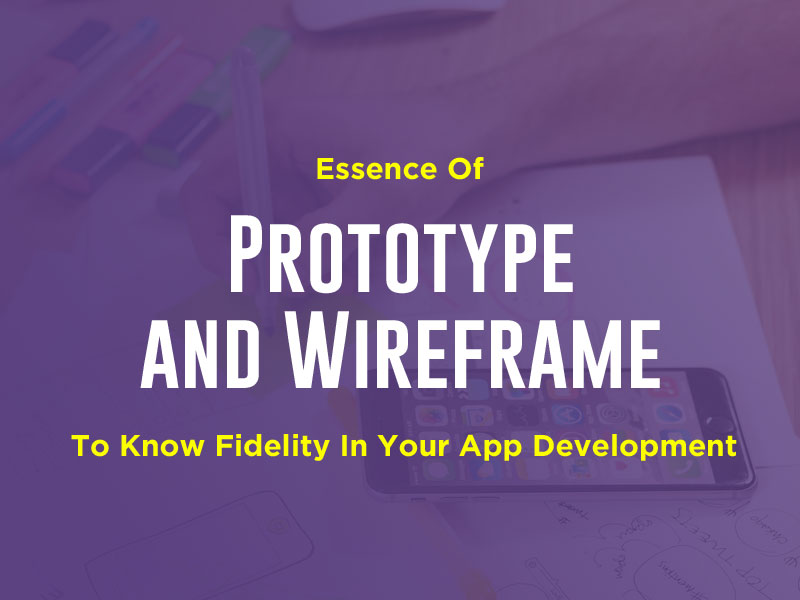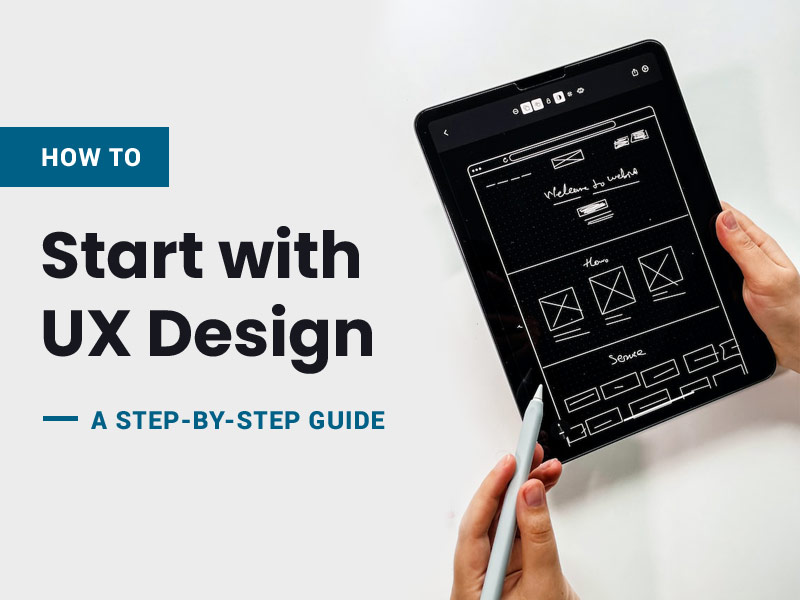User experience shapes our digital interactions. It is measurable, quantifiable, and critical for success.
Registration is the gateway to any event, where a user’s journey begins and their experience is first shaped. Any friction here can influence the participant’s perception and their decision to engage further, setting the tone for future interactions.
A seamless user experience in event registration relies on intuitive design, straightforward navigation, and clear communication, all converging to create a frictionless path. This begins with understanding user needs and behaviors, and extends through every touchpoint, from landing pages to confirmation emails, shaping a cohesive, engaging, and accessible journey.
Everything hinges on simplicity.
The Bedrock of User-Friendly Registration
Creating a seamless event registration process hinges upon an intricate blend of clarity, intuitiveness, and efficiency. It begins with a meticulous dissection of the user journey, identifying potential friction points and resolving them with user-centered design strategies. A successful registration portal doesn’t merely inform; it anticipates users’ needs, guiding them unobtrusively through a series of well-orchestrated interactions. Core elements such as a straightforward navigation pathway, clear calls to action, and a reassuring feedback mechanism are essential components that reduce cognitive load, fostering a sense of ease and confidence that resonates with users long after they’ve completed their registration.
Simplifying Form Design
Complex forms intimidate users, breeding hesitation and errors. Strive for minimalism, asking only what is absolutely necessary, and structure inputs intuitively to facilitate a quick, effortless completion.
Aesthetic cleanliness invites users into a friendly space, diminishing anxiety and enhancing the likelihood of form completion. In this context, seeking the best alternative to Eventbrite that embodies these design principles can significantly improve the user experience, making the process of event registration more accessible and inviting.
Clear labeling and logical groupings of information request essentials enable users to navigate forms with ease. When users encounter a thoughtful layout (considerate of both aesthetics and utility), their satisfaction and engagement levels invariably soar.

Streamlining Navigation
Effective navigation is cornerstone to a seamless user experience in event registration.
- 1. Prioritize Clarity: Design navigation elements clearly and intuitively to prevent user disorientation.
- 2. Consistency is Key: Maintain uniformity in navigation across all pages for dependable user experience.
- 3. Direct Paths: Offer straightforward navigation paths to decrease user effort and time to complete registration.
- 4. Optimize for Mobile: Ensure navigation is fully responsive and accessible on various devices.
- 5. Minimize Steps: Implement progressive disclosure to reveal information and options as needed, reducing visual clutter.
Clear, direct, and consistent navigation ensures a user-friendly registration process.
A well-designed navigation path reduces friction, leading to a satisfactory user experience.
Establishing a Clear Communication Channel
Effective communication is vital, necessitating transparent interaction from initial engagement through event culmination.
In this digital era, leveraging contemporary communication tools (e.g., chatbots, email) ensures a constant stream of information, enriching attendees’ experiences prior, during, and post-event.
An open dialogue fosters trust and reliability, key to a participant’s commitment and event success.
Prompt Registration Confirmations
Immediate confirmation emails serve as the first assurance of a successful registration.
In 2020, a streamlined confirmation process is a non-negotiable aspect of user experience in online event registration, ensuring users are swiftly informed after completing the required steps.
Today, it’s essential to not only confirm participants’ registration but to also provide them with a concise summary of event details, next steps, and personalized information, enhancing their confidence and excitement.
Prompt confirmations negate uncertainty and allow participants to plan ahead with reassurance that their attendance is registered, providing a digital handshake that’s both welcoming and professional.
These quick, detailed responses are critical for maintaining trust and satisfaction with the event registration process.
Continuous Event Updates
Event details constantly evolve.
As event planners know, the viability of an event hangs on timely and accurate information. Most events undergo changes as they approach their start date. Whether due to a shift in the speakers’ lineup, venue modifications, or a change in the schedule, participants expect to receive this information promptly. Consequently, the communication of these changes is as vital as the initial registration confirmation.
Timely updates prevent uncertainty and confusion.
It’s imperative to design systems that – at the touch of a button – dispatch updates to all registered participants instantaneously. This ensures that attendees are never left in the dark and can plan their attendance with the latest information at hand.
Critical changes necessitate immediate notification.
Moreover, it is this commitment to up-to-the-minute communication that distinguishes exemplary event experiences. Implementing a robust notification system, potentially through an event app or SMS service, is the hallmark of a seamless user experience in 2023. Such systems ensure that participants stay informed, boosting the likelihood of a positive event perception and fostering ongoing engagement.
Integrating Social Media Seamlessly
In the digital age, social media platforms have become pivotal for real-time communication and engagement, ubiquitous across diverse demographics. Leveraging these networks in the event registration process not only multiplies messaging reach but also enhances the user experience by meeting participants where they already congregate. A seamless integration of social media should allow for swift dissemination of updates and enable a dialogic exchange with attendees, ensuring that they remain connected and informed throughout the pre, during, and post-event phases.
One-Click Social Sign-ups
One-Click Social Sign-ups streamline the registration workflow, enhancing user experience by leaps and bounds. They tap into existing social media profiles, allowing participants quick access through familiar channels.
Since their inception, social sign-ups have revolutionized user convenience. They negate the need for creating new accounts, remembering additional passwords, or entering redundant information, which can be a considerable barrier to registration.
Notably, this feature leverages the ubiquitous presence of social media. By utilizing the users’ social network profiles, event platforms can offer one-click access, reducing friction and increasing the likelihood of completed registrations.
Moreover, social sign-ins facilitate personalized experiences. Data accrued from social networks, such as a user’s name and email, can be seamlessly integrated into registration forms, thereby tailoring the user journey from the outset.
In essence, one-click social sign-ups embody efficiency. They are an indispensable tool for crafting a frictionless path to event registration, saving time for the user and enhancing conversion rates for organizers.
Encouraging Social Sharing
Social sharing generates excitement and extends the event’s reach organically through personal networks.
- Incorporate shareable content that resonates with potential attendees, such as event highlights or speaker profiles.
- Use incentives for sharing, offering discounts or exclusive access to sessions.
- Make sharing effortless with one-click options directly in the registration flow.
- Utilize social proof by showcasing how many others are attending or interested.
- Leverage hashtags to keep conversations about the event unified and easily searchable.
Underpinning the act of sharing is the creation of a community feeling, binding attendees to the event.
A strategic sharing approach turns registrants into brand ambassadors, amplifying your event’s visibility.

Analyzing and Refining the Process
Once the campaign is in motion, the next vital phase is continuous evaluation and refinement of the registration process. Collect data across various touchpoints to identify bottlenecks or friction areas that deter users. Deploy analytics tools to trace drop-off points and employ heatmapping to observe user engagement. Act on this data with A/B testing to trial adjustments in real-time, thereby sculpting an ever-improving and seamless registration journey. Remember, an optimal user experience demands frequent calibration based on user behavior and feedback.
Harnessing Feedback for Improvement
Iterative improvement is pivotal for refining user experience in event registration.
- 1. Implement User Surveys post-event to gather insights into the entirety of users’ experiences.
- 2. Analyze Feedback for patterns and areas necessitating enhancement, focusing on both qualitative and quantitative data.
- 3. Prioritize Responses to address the most critical user experience issues before subsequent events.
- 4. Engage in A/B Testing of registration components to empirically determine the most effective configurations.
- 5. Integrate Changes Swiftly to demonstrate responsiveness to feedback and commitment to excellence.
- 6. Recycle the Feedback Loop to assess the impact of implemented changes, fostering continuous evolution.
Seamless integrations manifest when feedback shapes the user journey.
Adopting such feedback is not simply an act of housekeeping; it’s the blueprint for excellence in user-centrism.
Utilizing Analytics for Tailored UX
Leveraging user behavior analytics enables pinpoint adjustments to the UX of event registration platforms. By studying metrics such as drop-off rates and session durations, we can identify where users encounter issues or become disengaged, leading to a more streamlined experience.
Insights from analytics inform strategic design decisions, creating pathways that resonate with users’ preferences and behaviors.
Precision in interpreting data ensures that design elements are not only aesthetically pleasing but also functionally cohesive. This transforms mere attendance into a memorable journey, reflecting a nuanced understanding of users’ needs, context, and limitations.
Empirical evidence from analytics guides us in constructing a UX framework that is both intuitive and pleasurable to navigate. It’s not merely about creating pathways that work; it’s about sculpting experiences that feel personal and insightful, ultimately leading to a higher conversion rate and user satisfaction.
Conclusion
Crafting an exceptional UX for event registration is an intricate blend of art and science, consistently tuned through meticulous analysis and user feedback.
The optimal pathway emerges from relentless iteration and attention to detail.
A truly seamless registration journey can elevate a user’s perception of an event, setting the stage for an engaging experience that begins long before the event itself.
Designing for a frictionless UX demands rigorous yet creative problem-solving, navigating the intersection of utility, beauty, and accessibility; it is a dance between complexity and simplicity, where the user’s ease is the ultimate measure of success. Each component, meticulously aligned with the user’s needs and aspirations, composes a symphony of functionality and delight, establishing the gold standard for an intuitive event registration experience.







